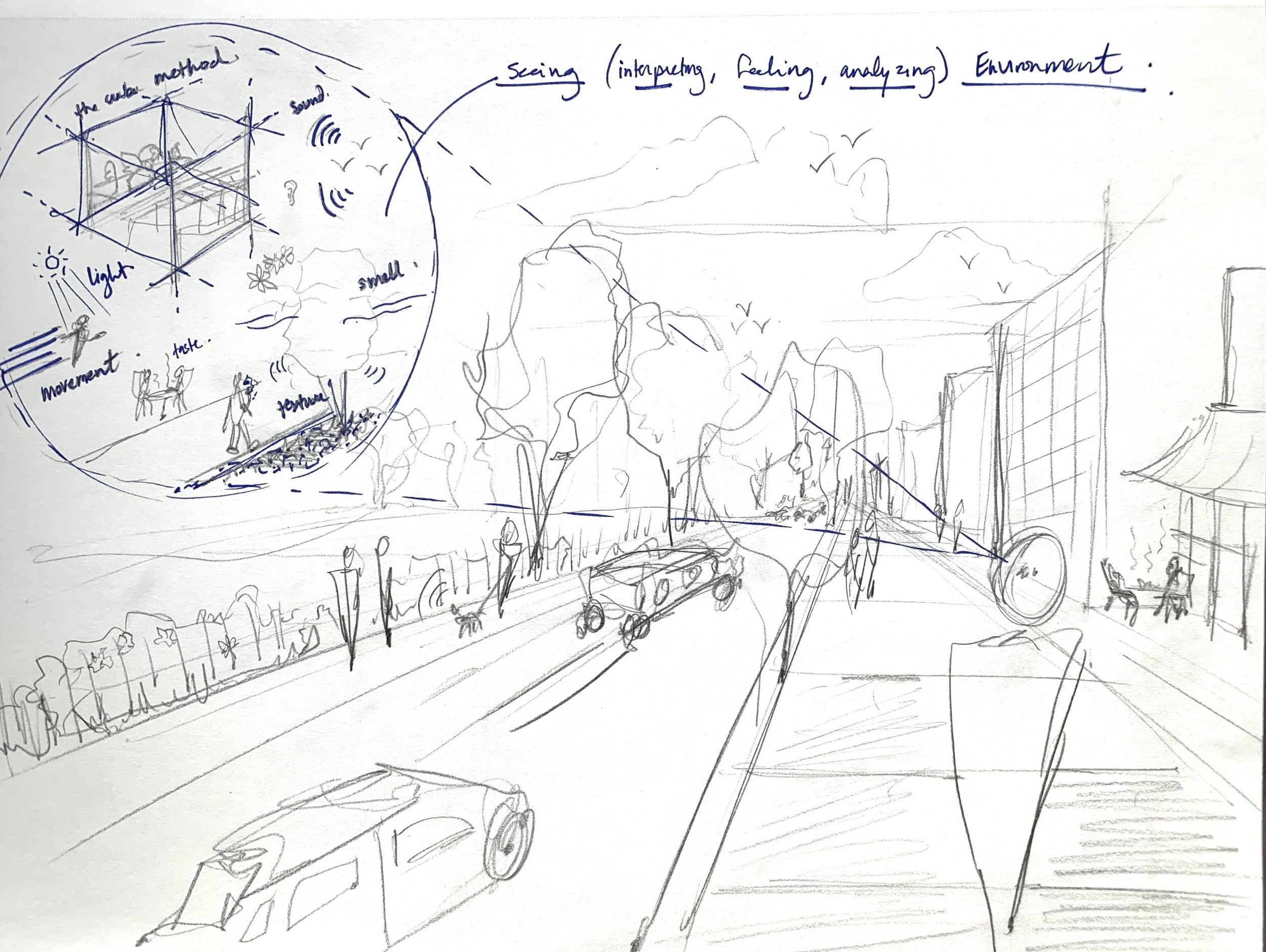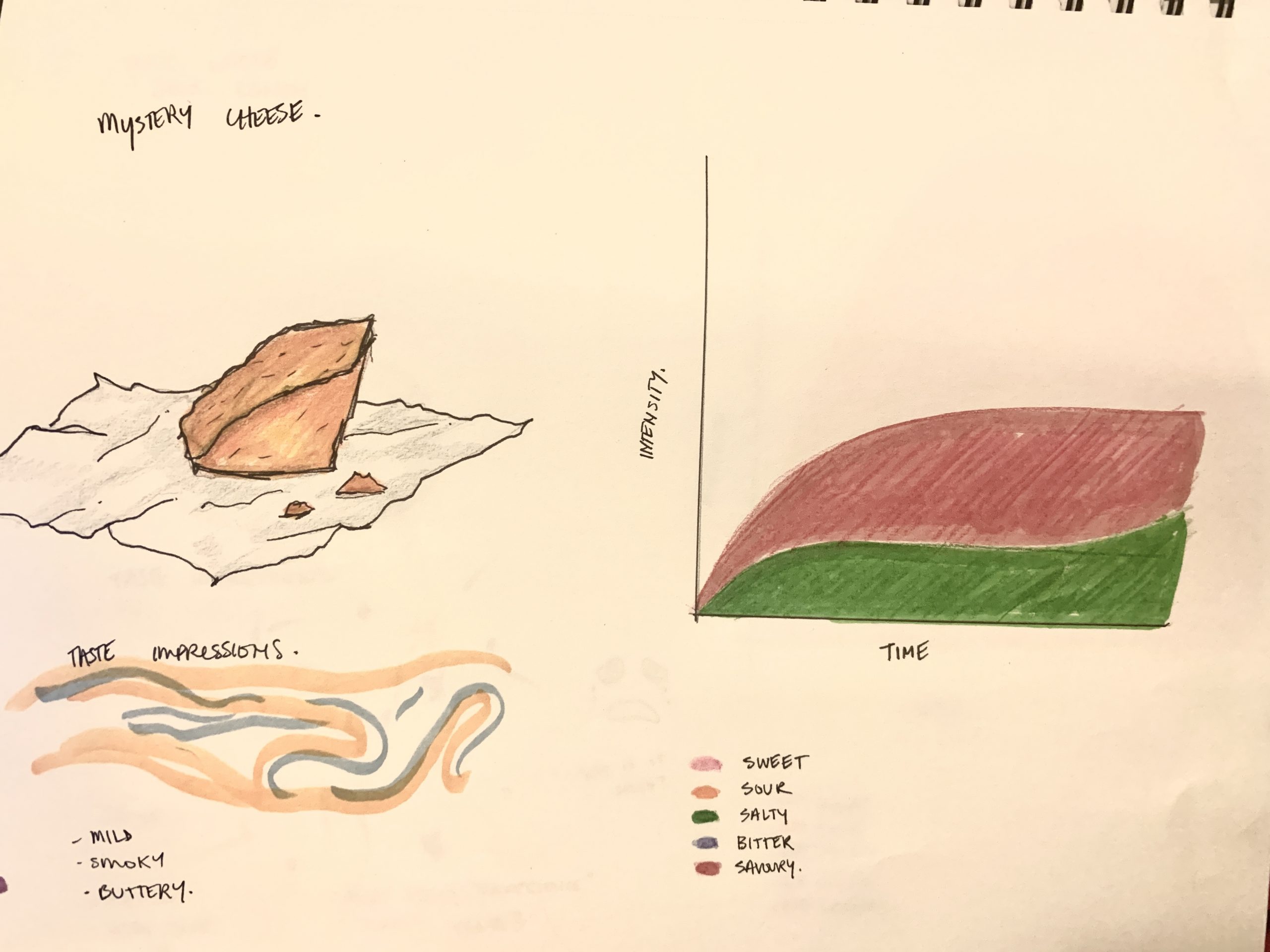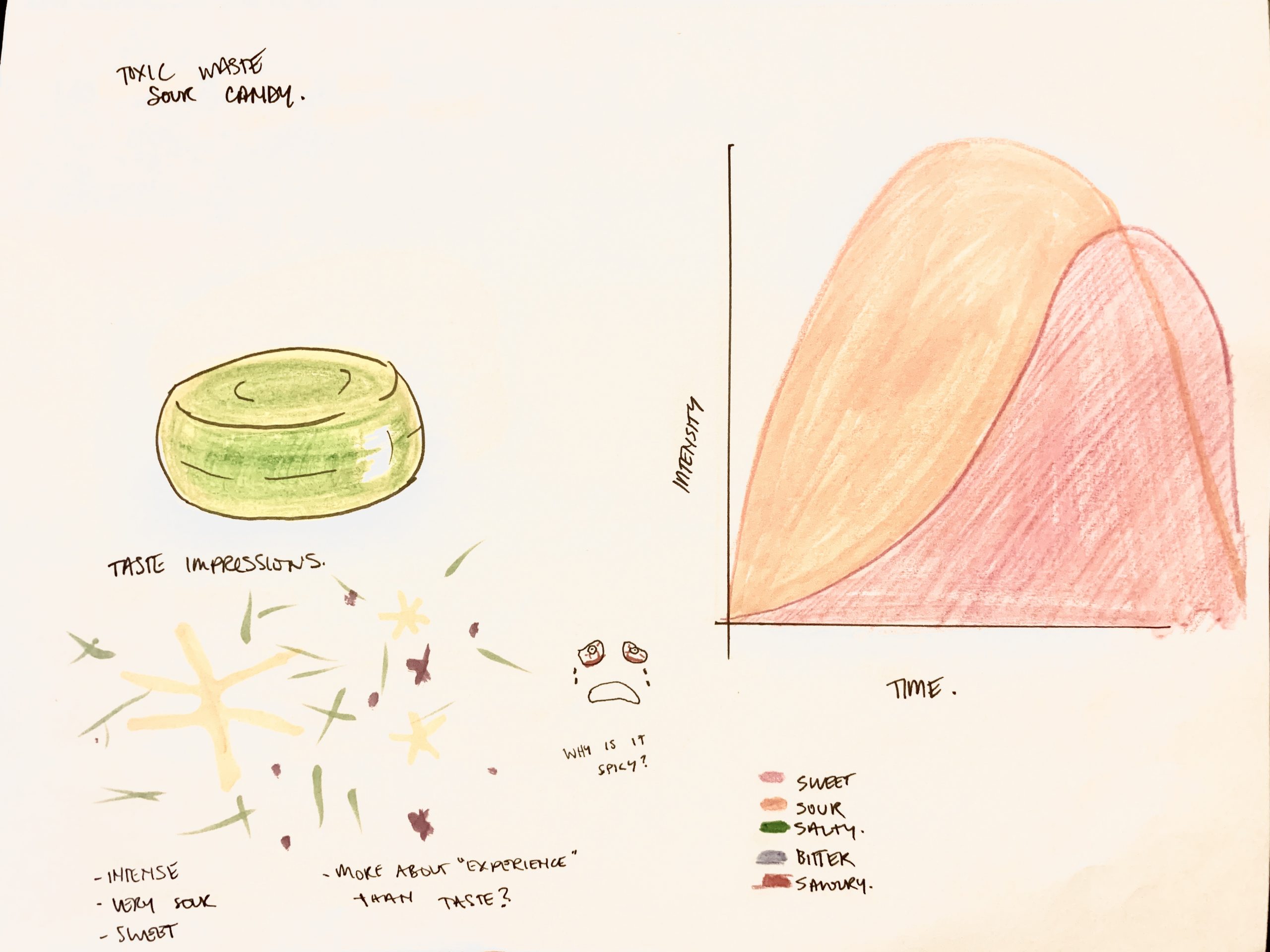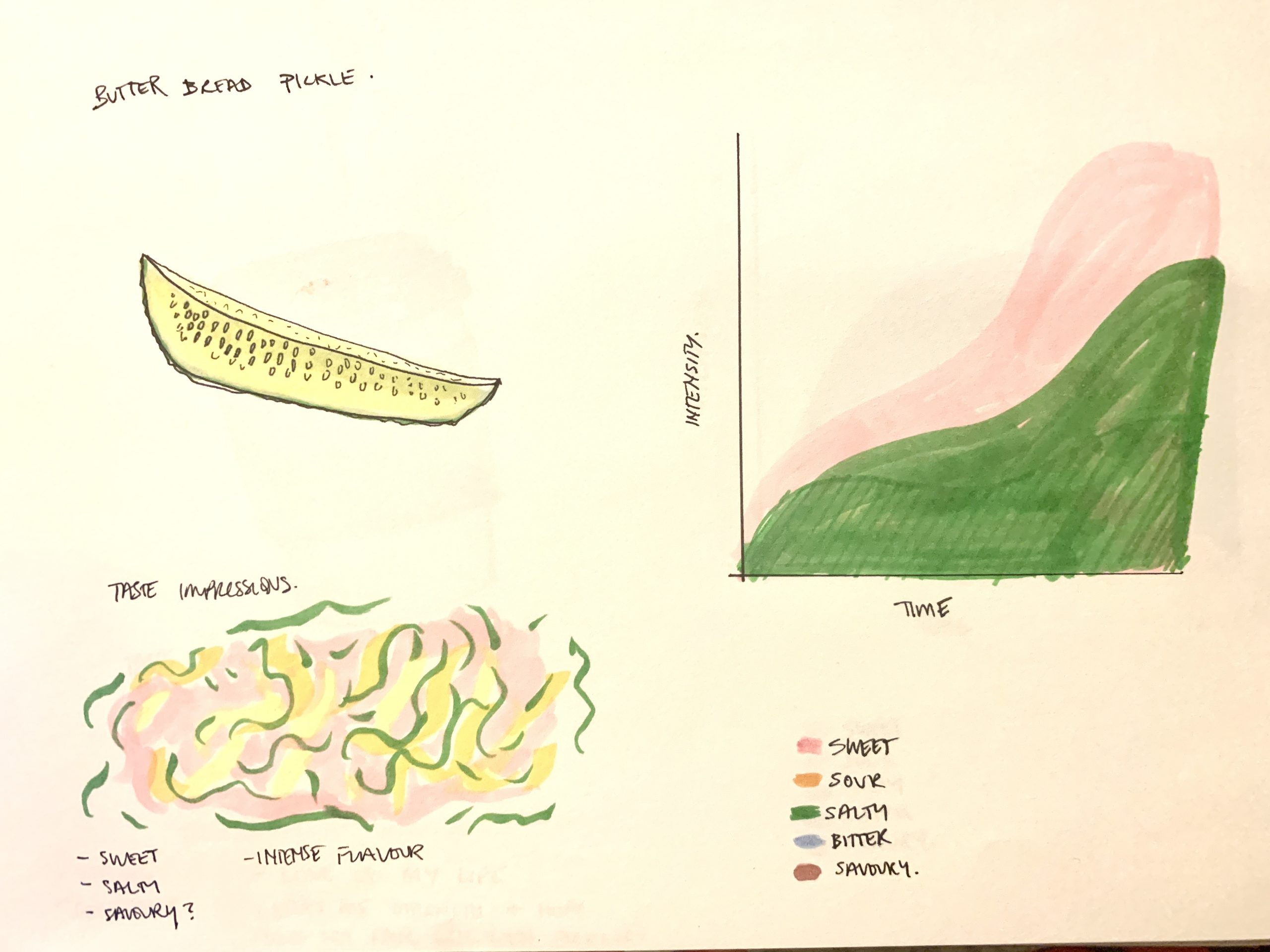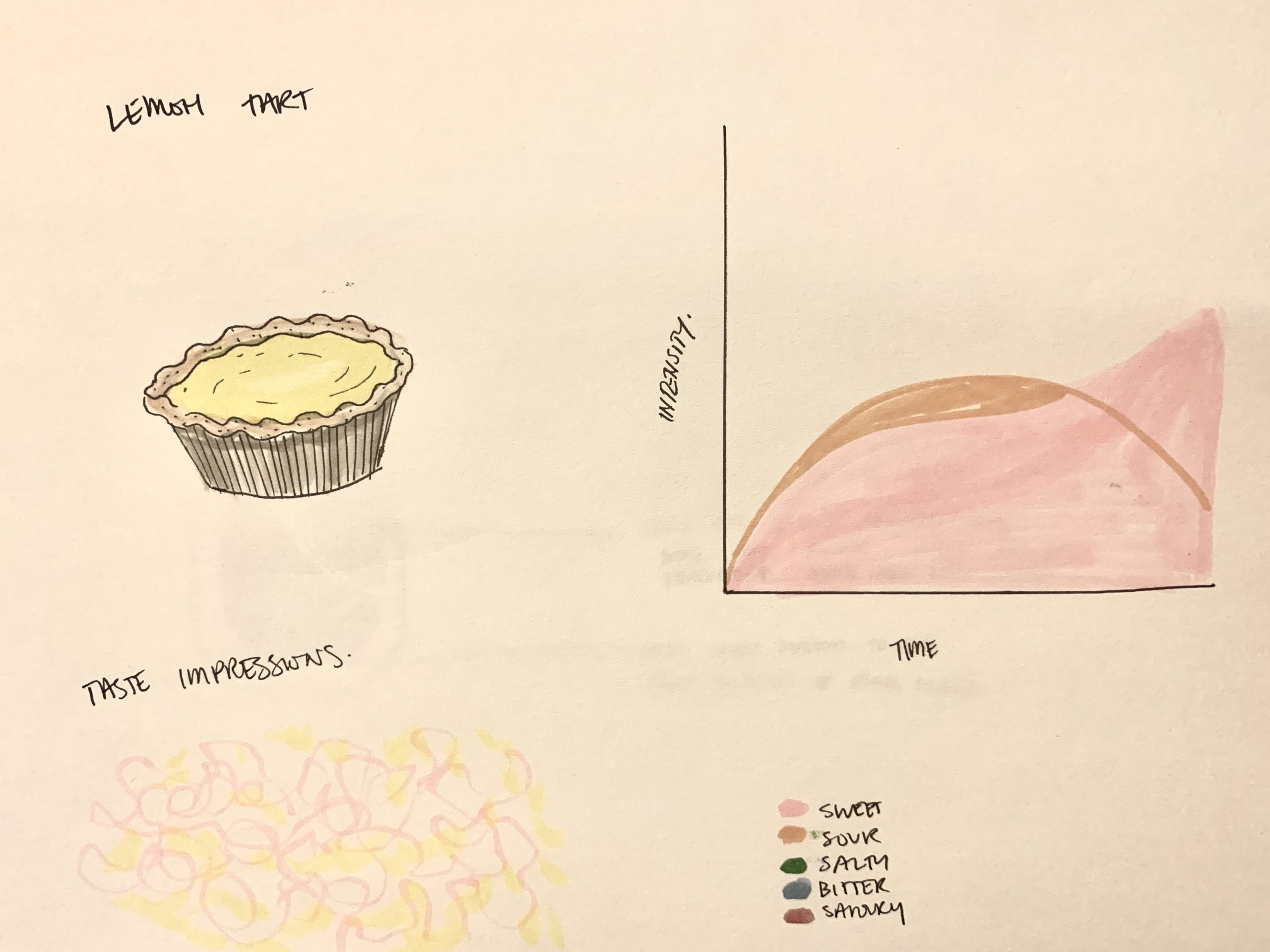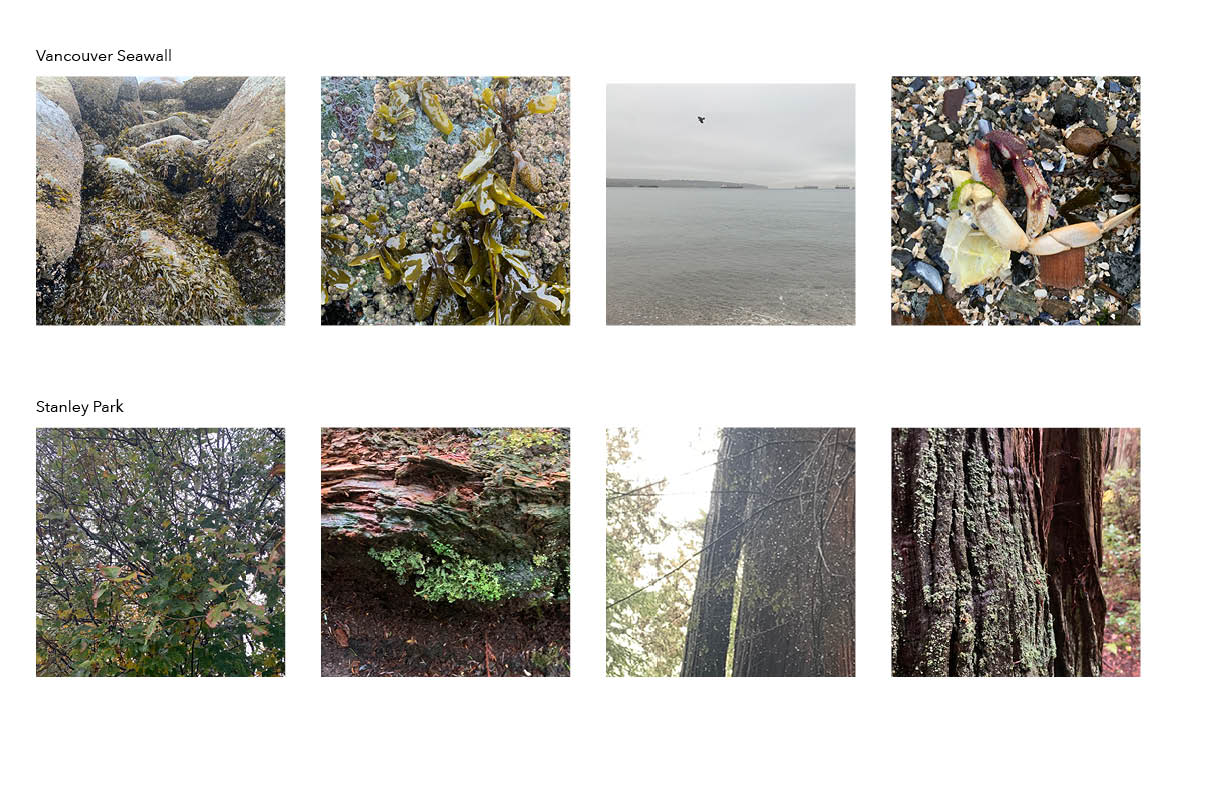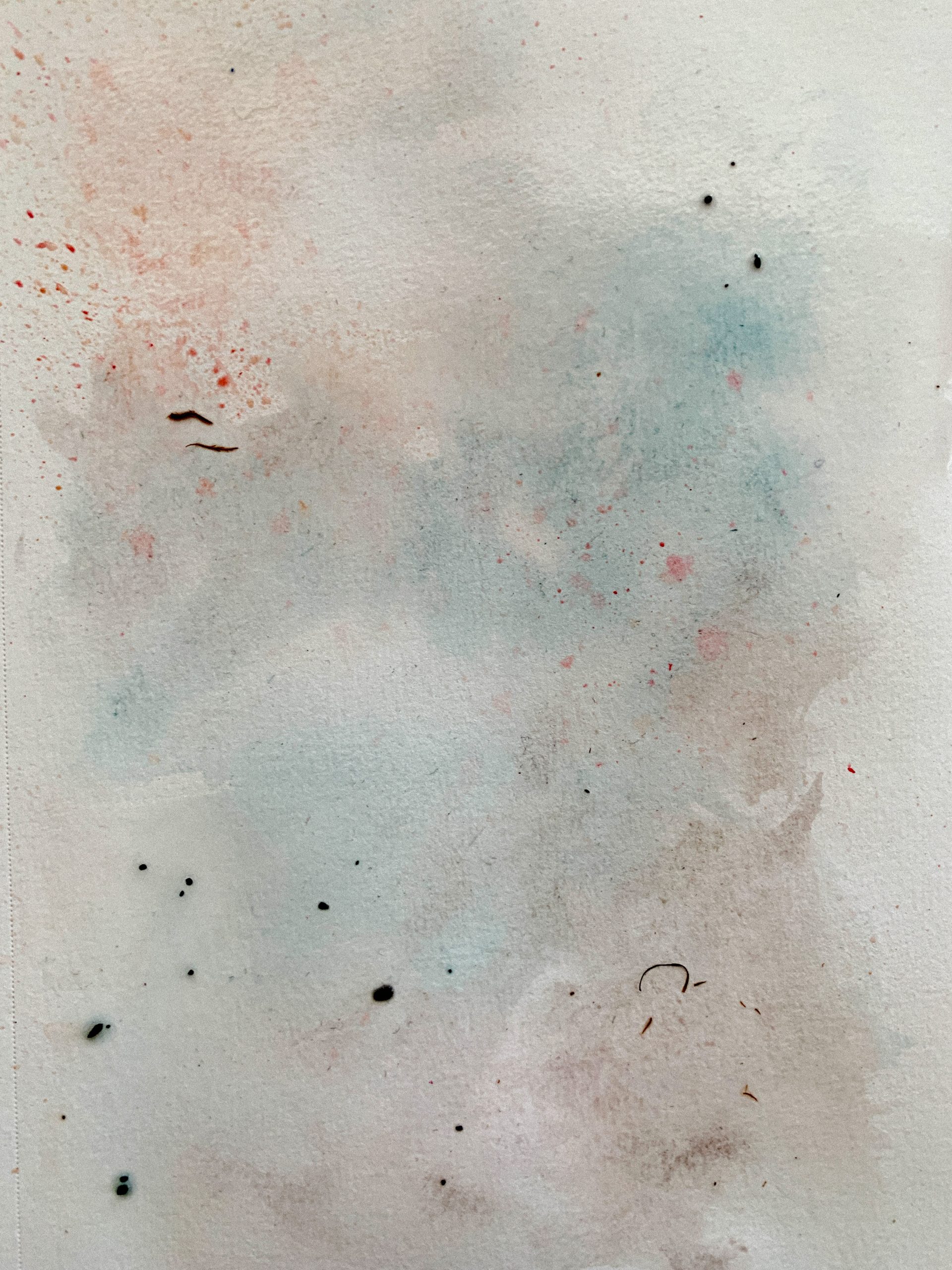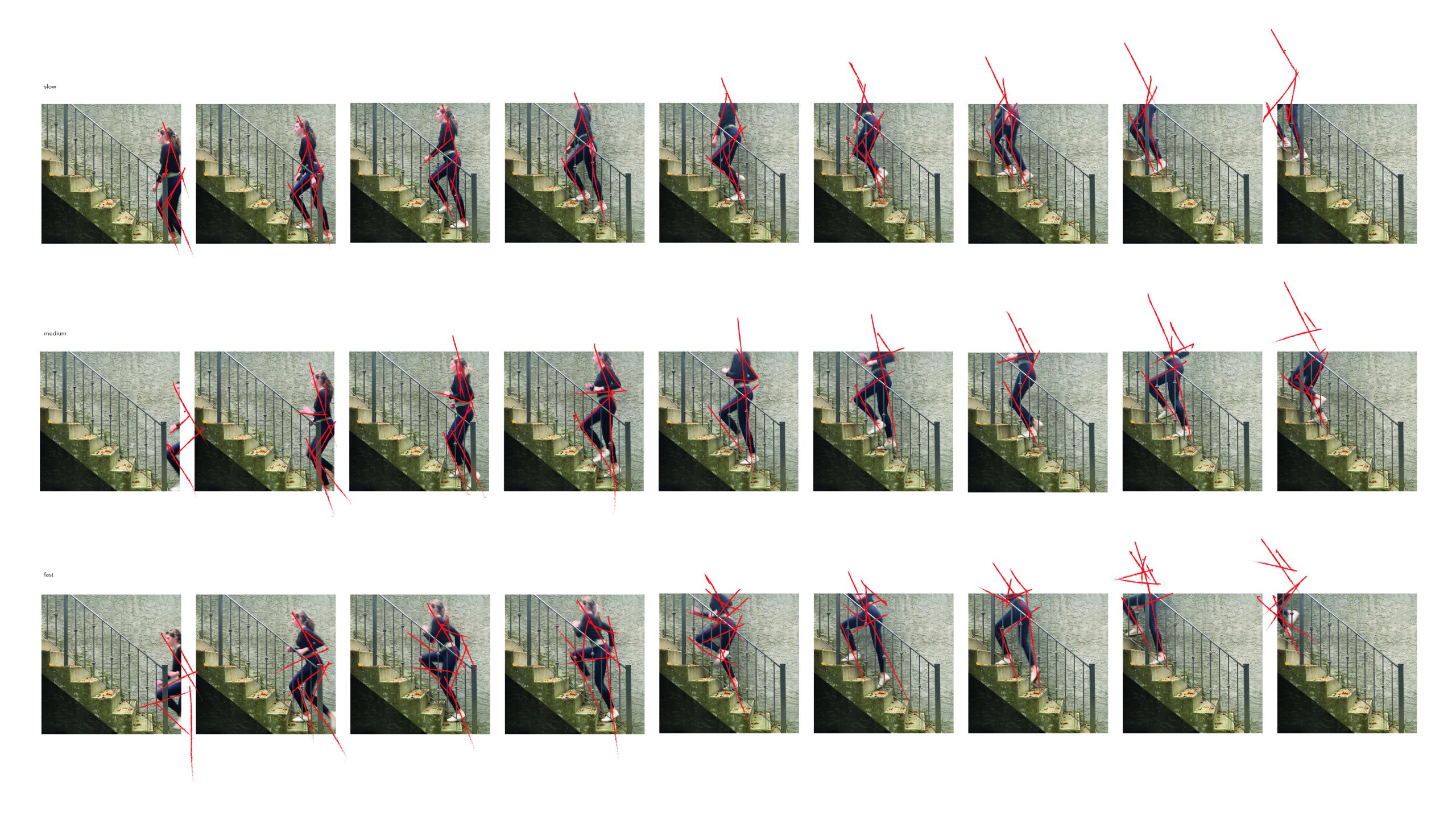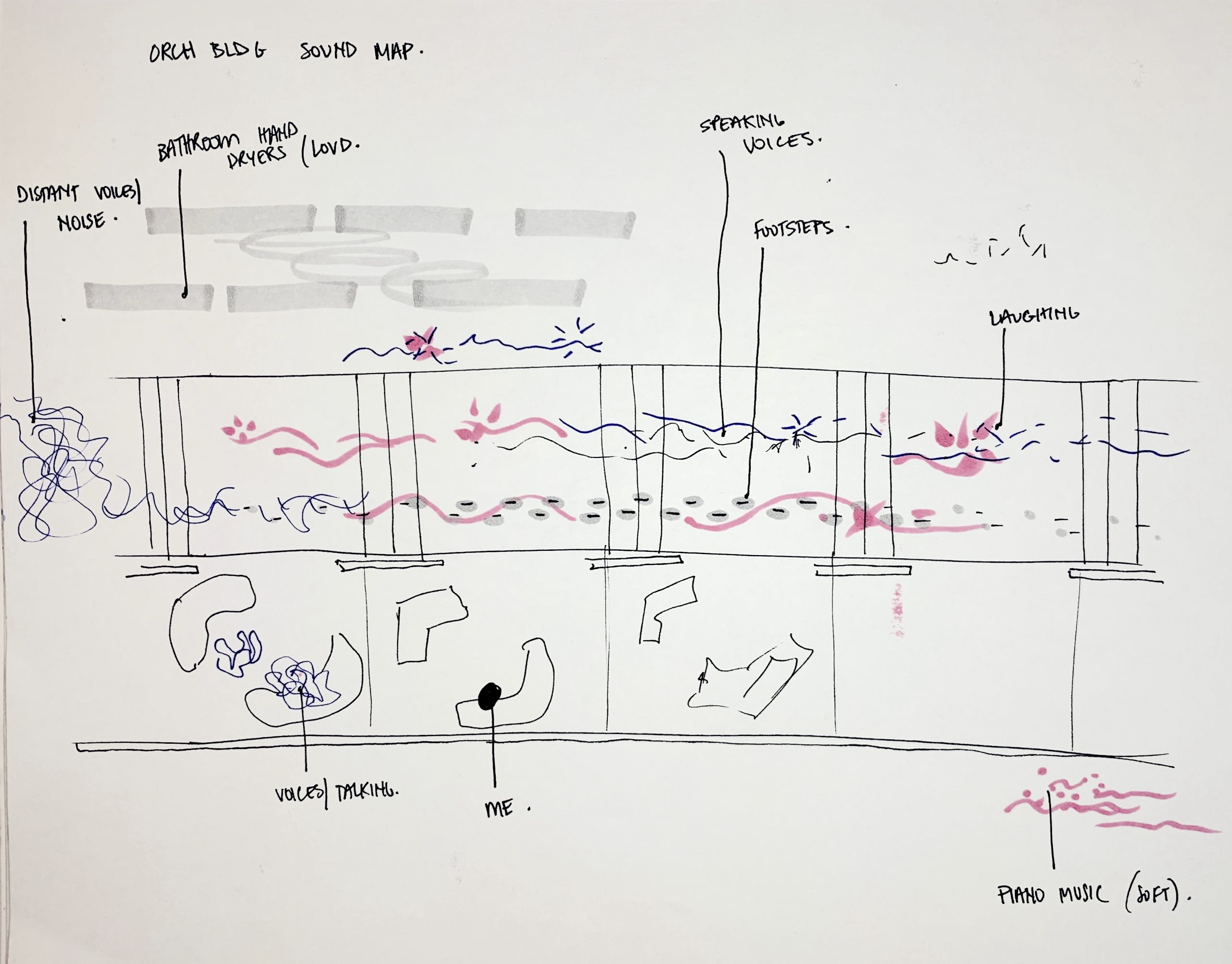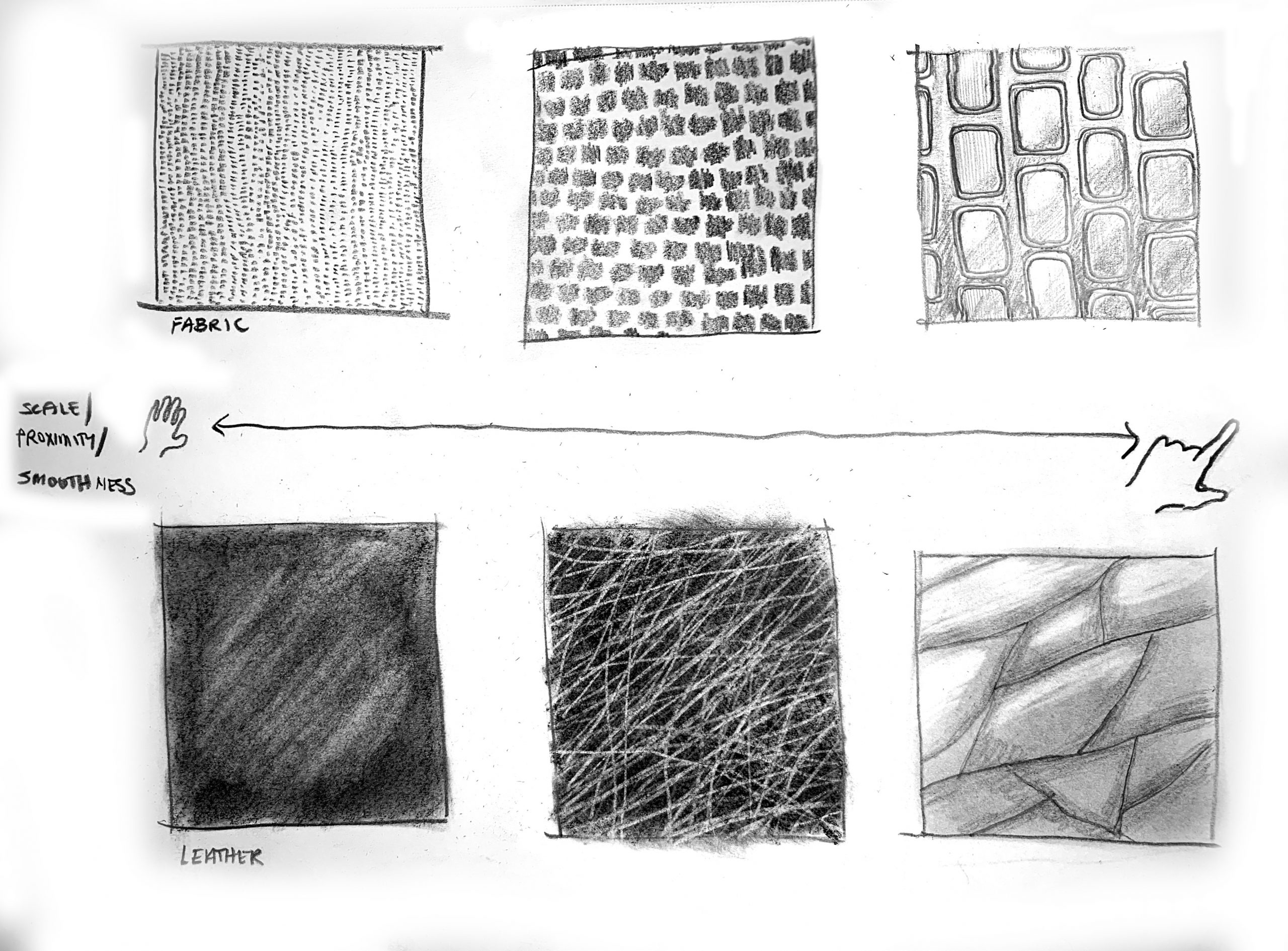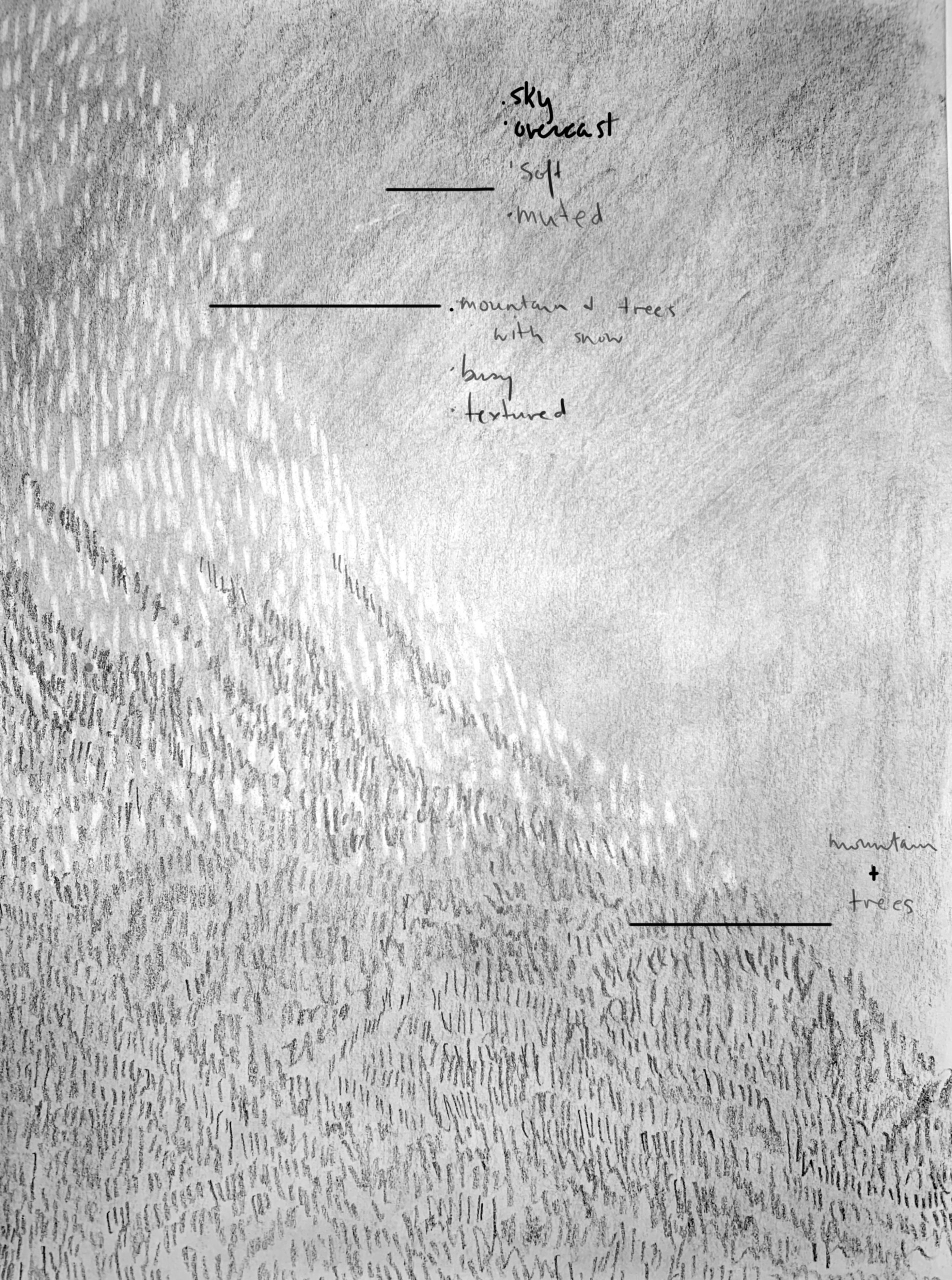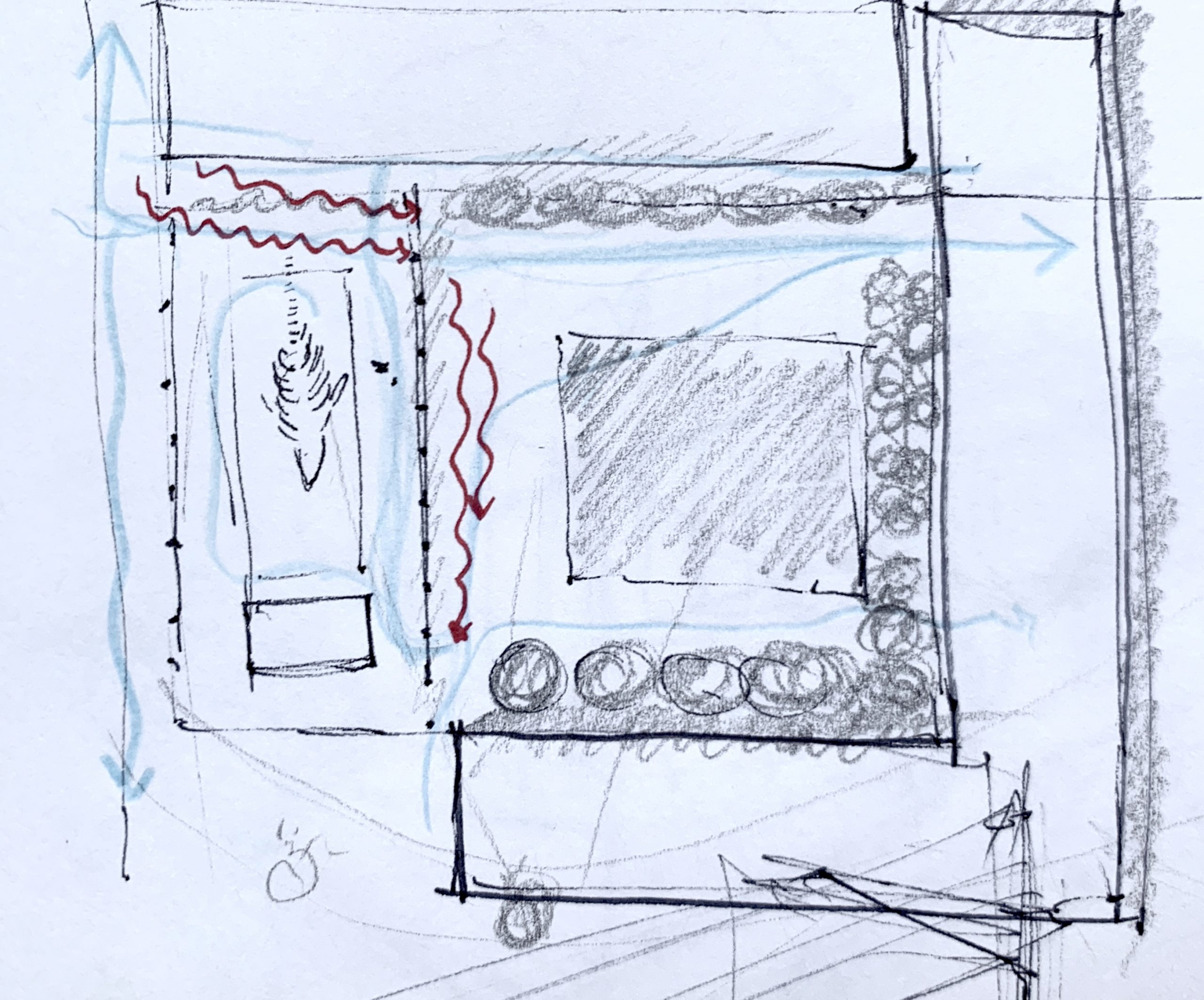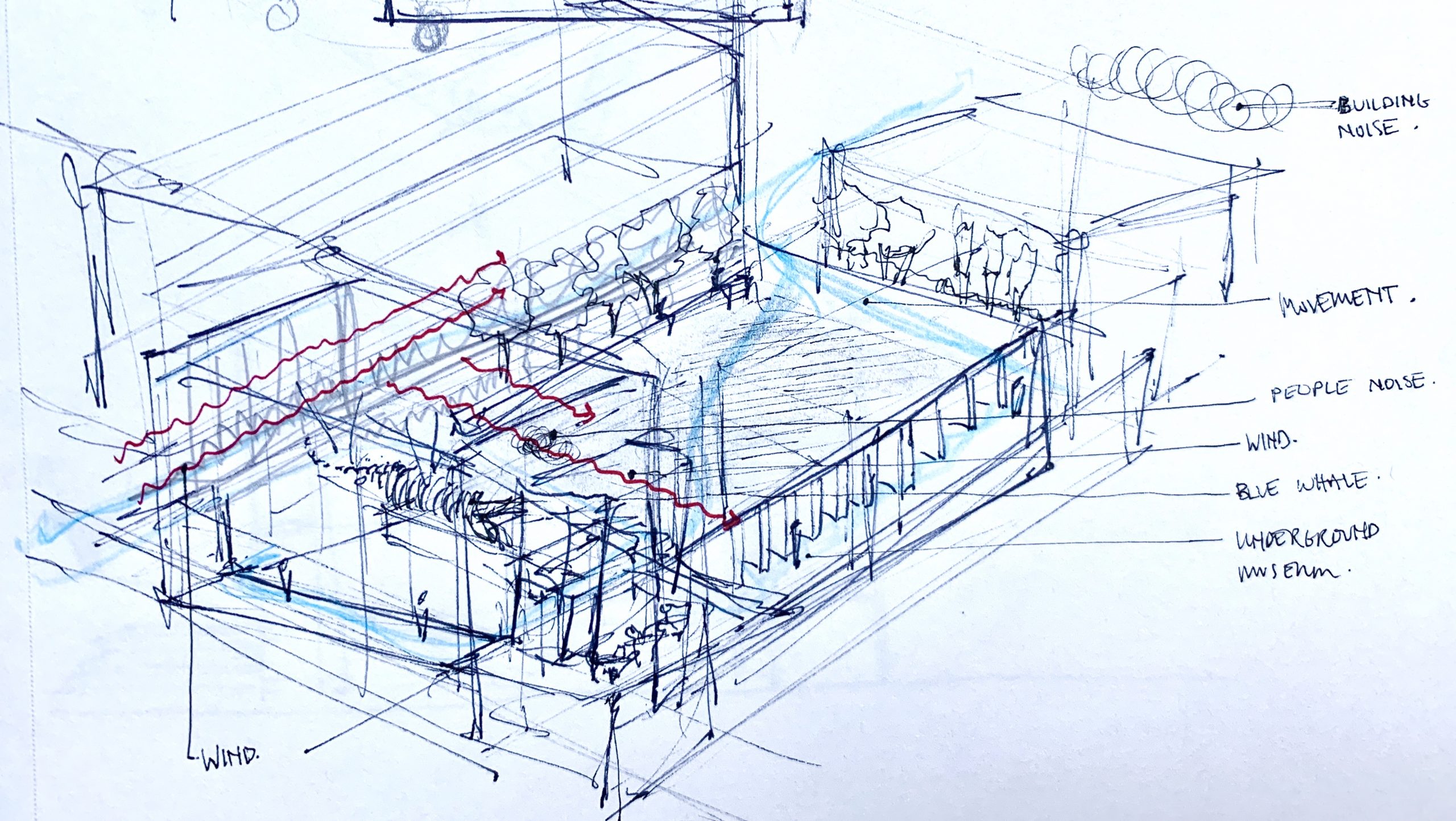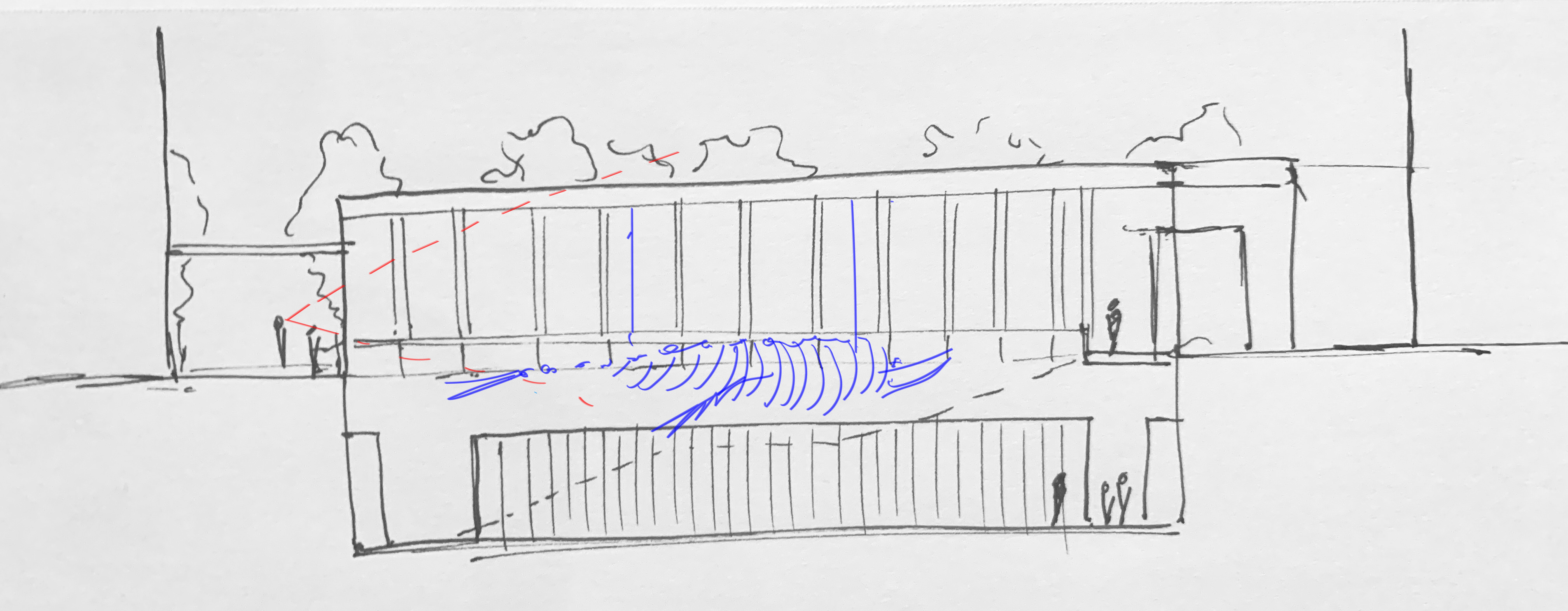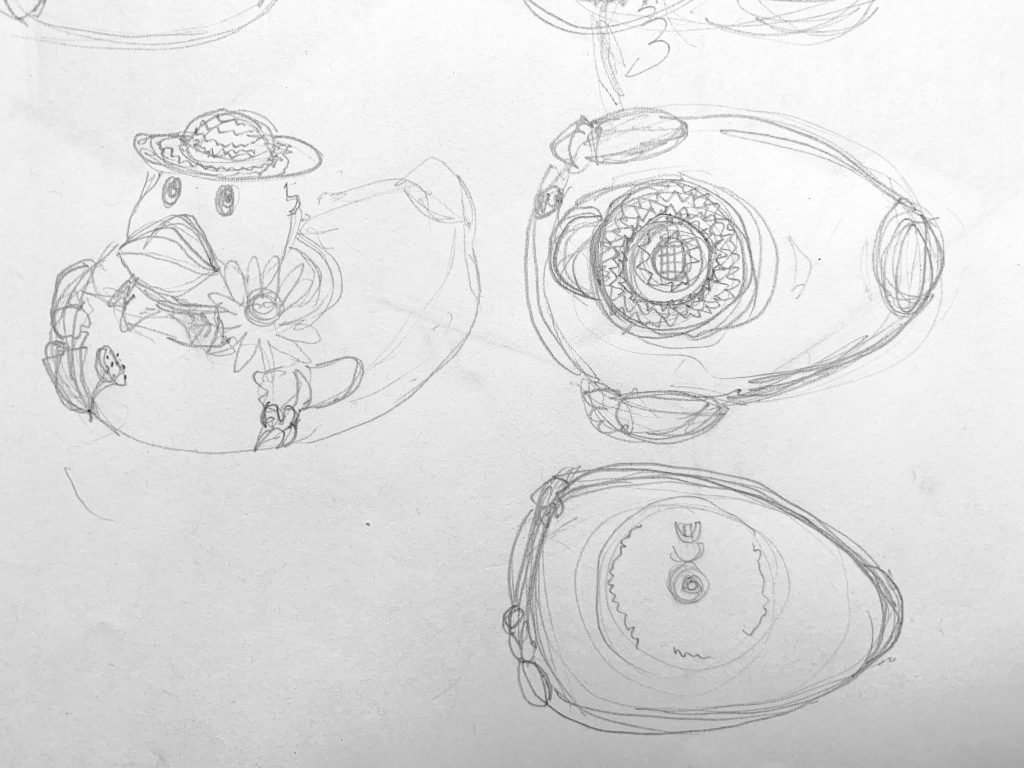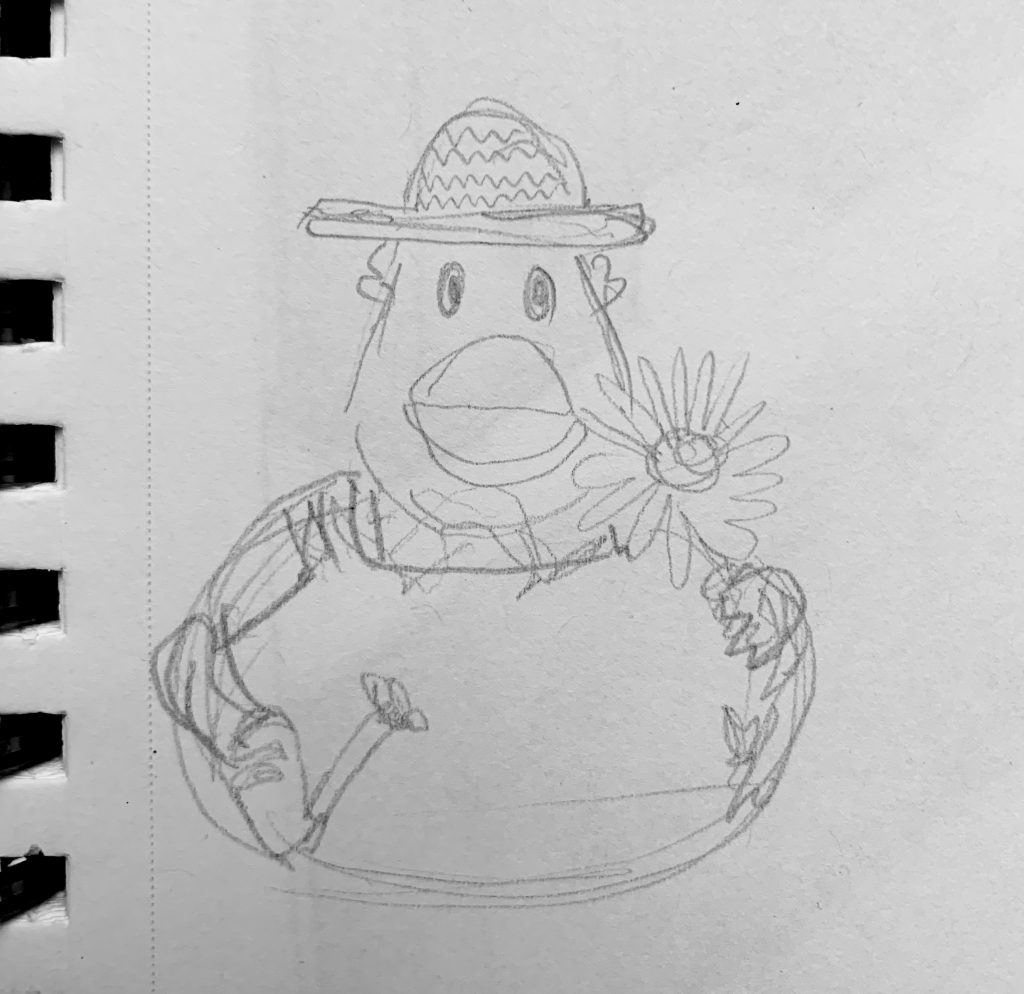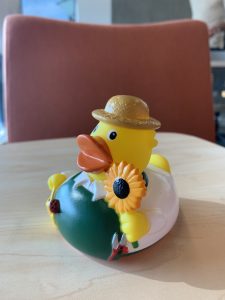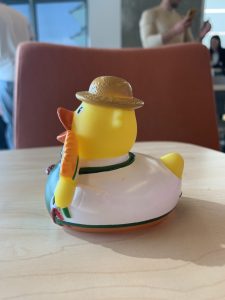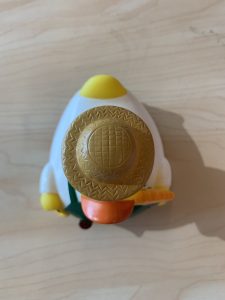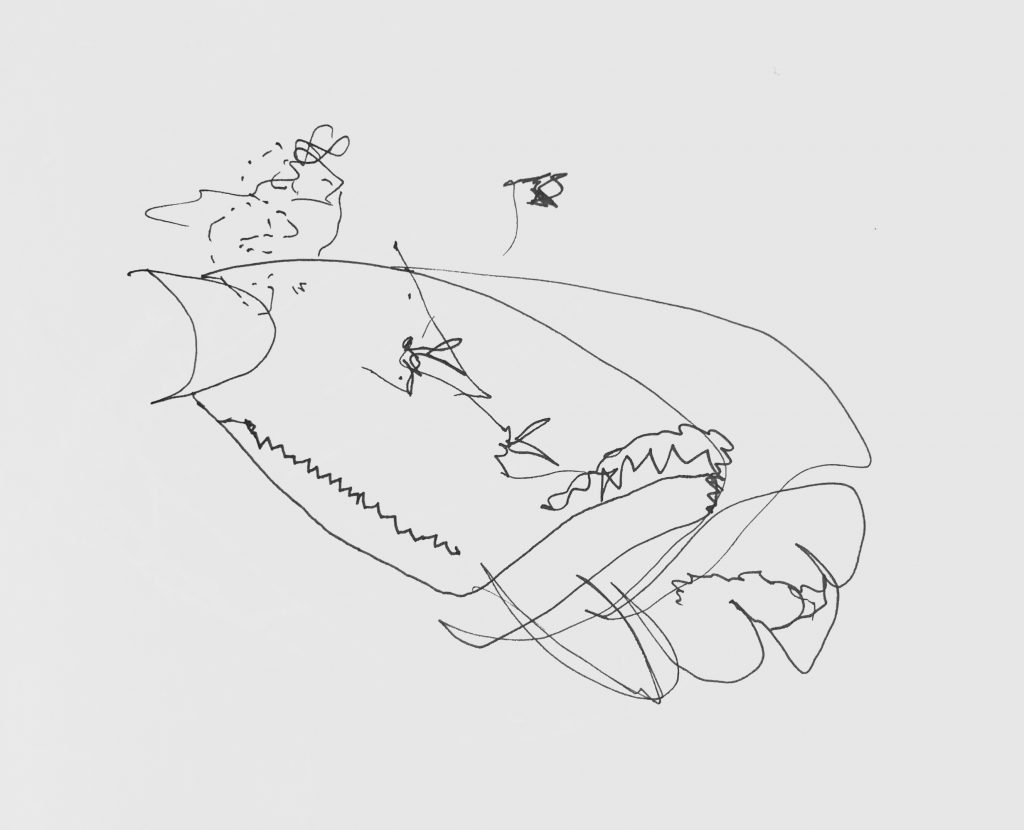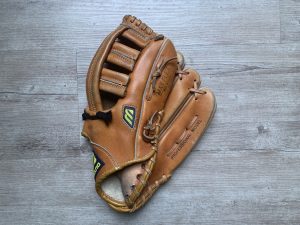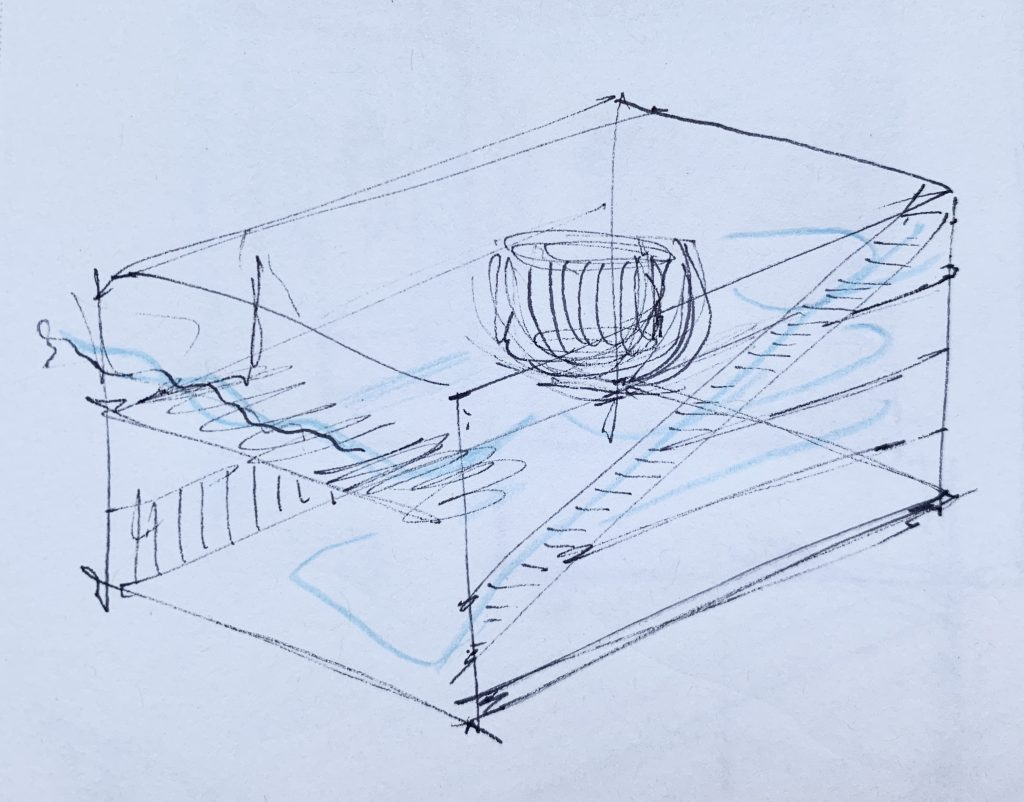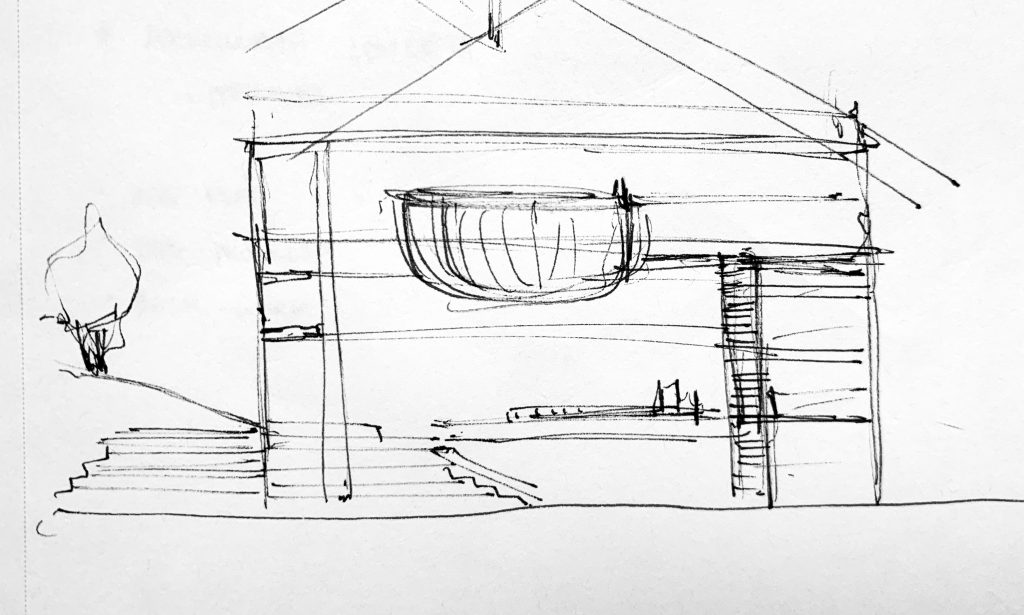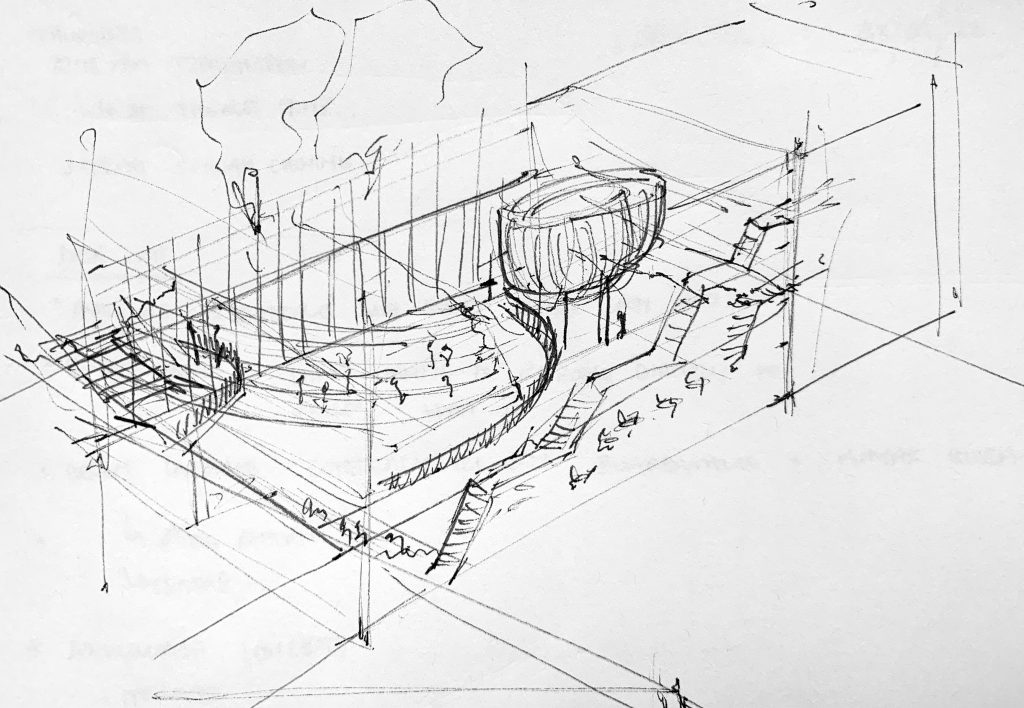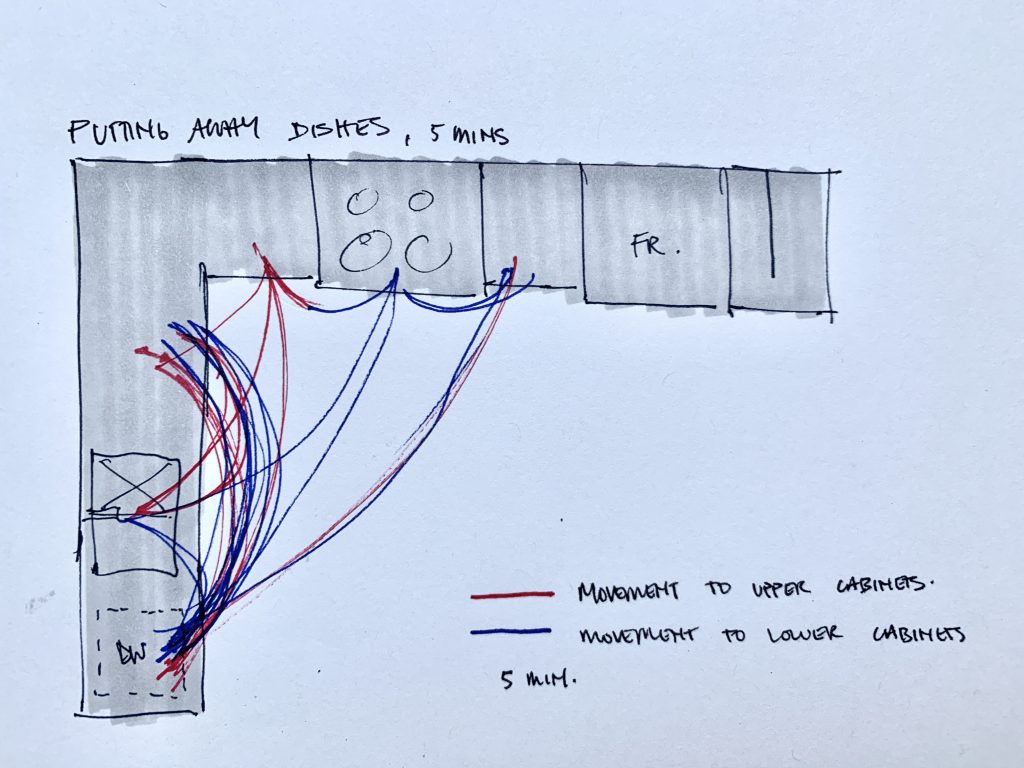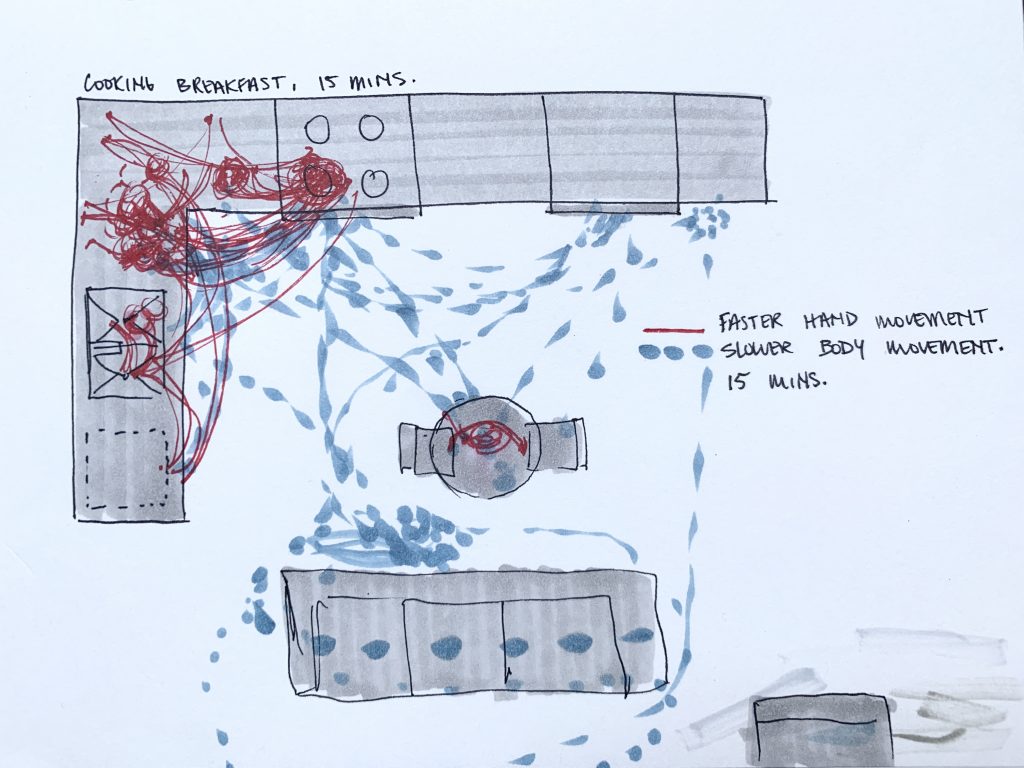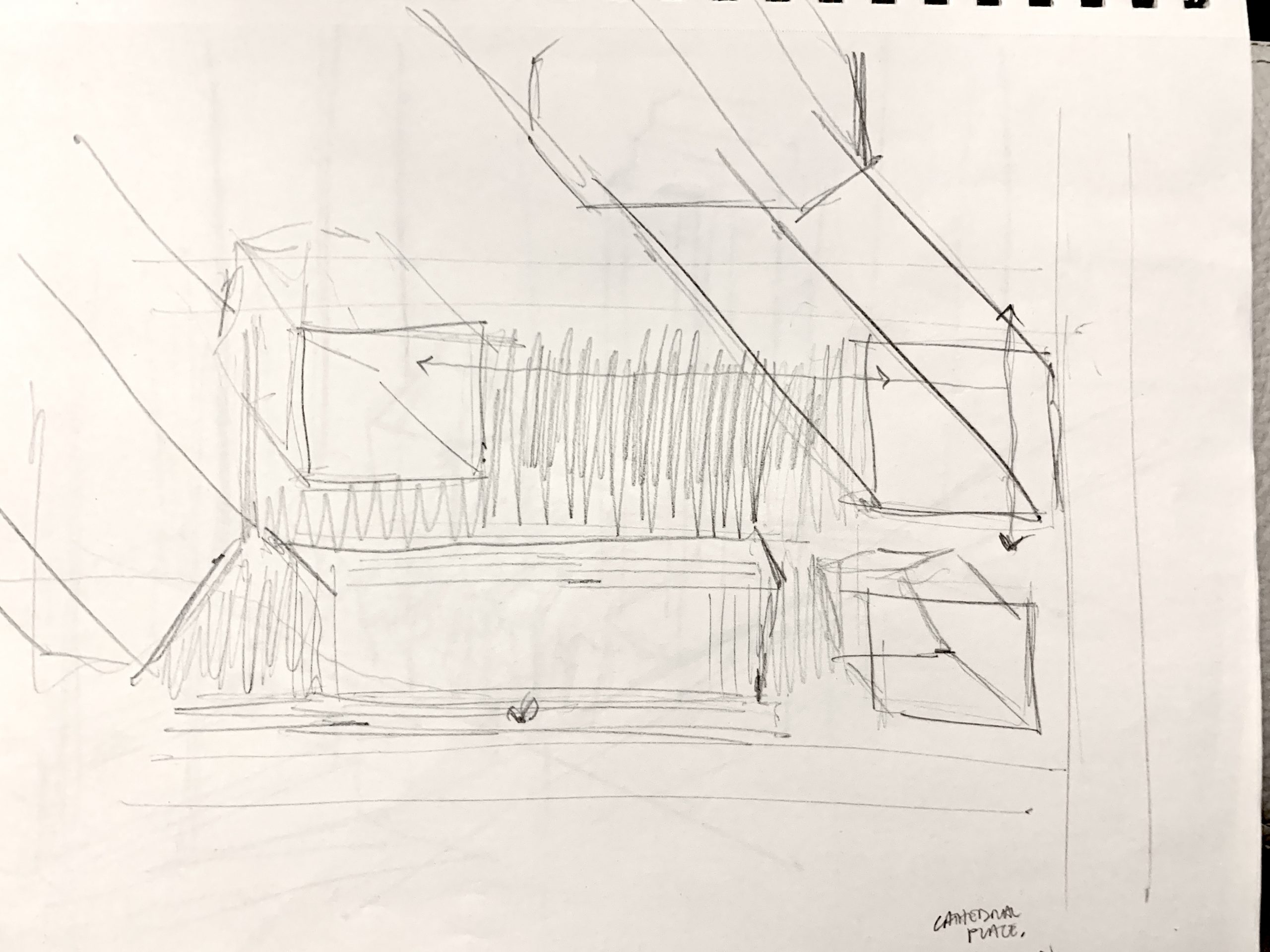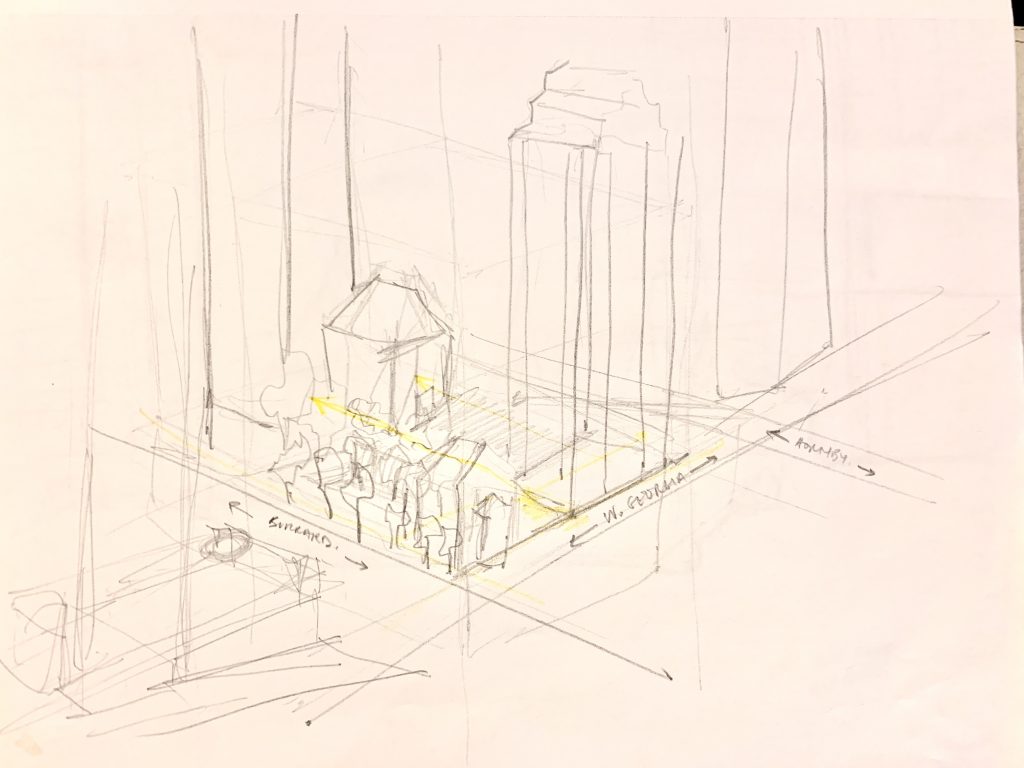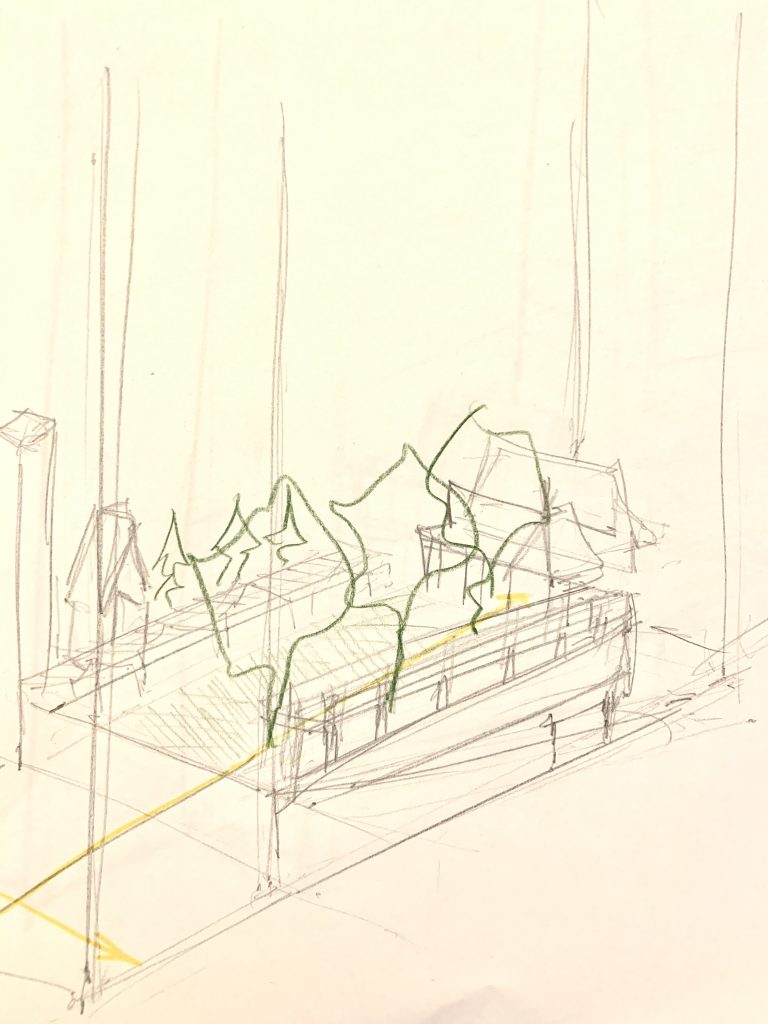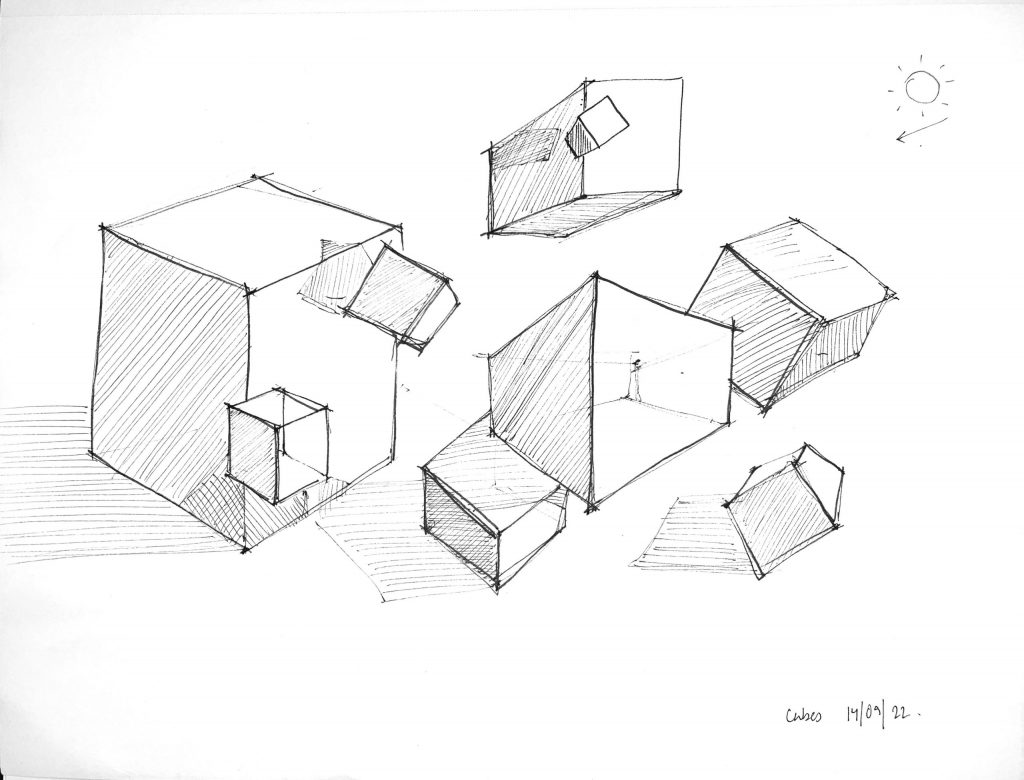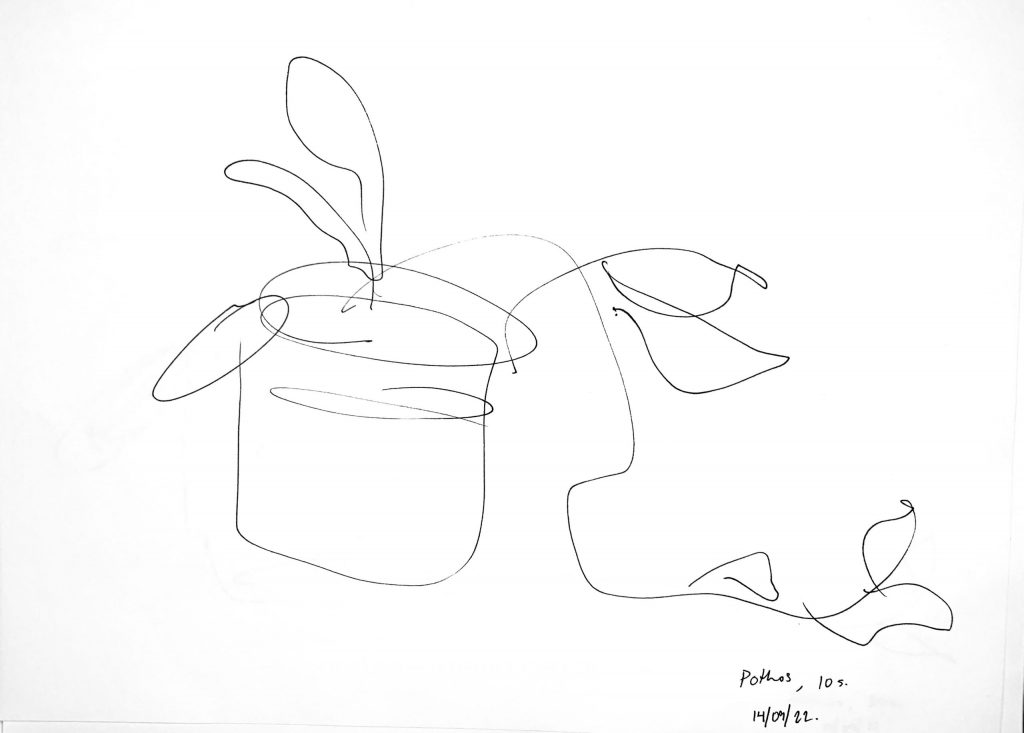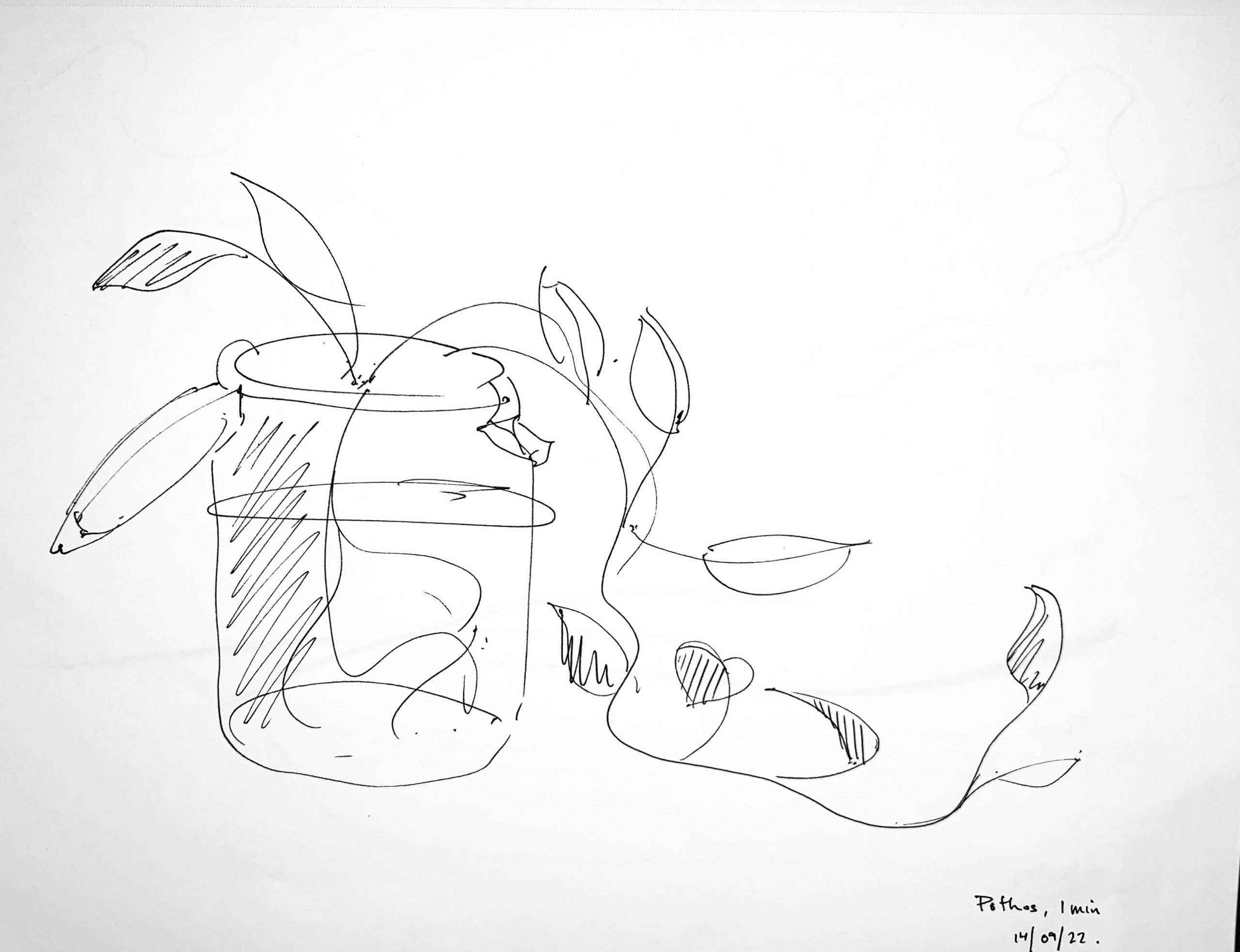At-home exercise:
For this assignment, I decided to analyze single-family residence entrance gates in my neighborhood. I first organized them based on material.
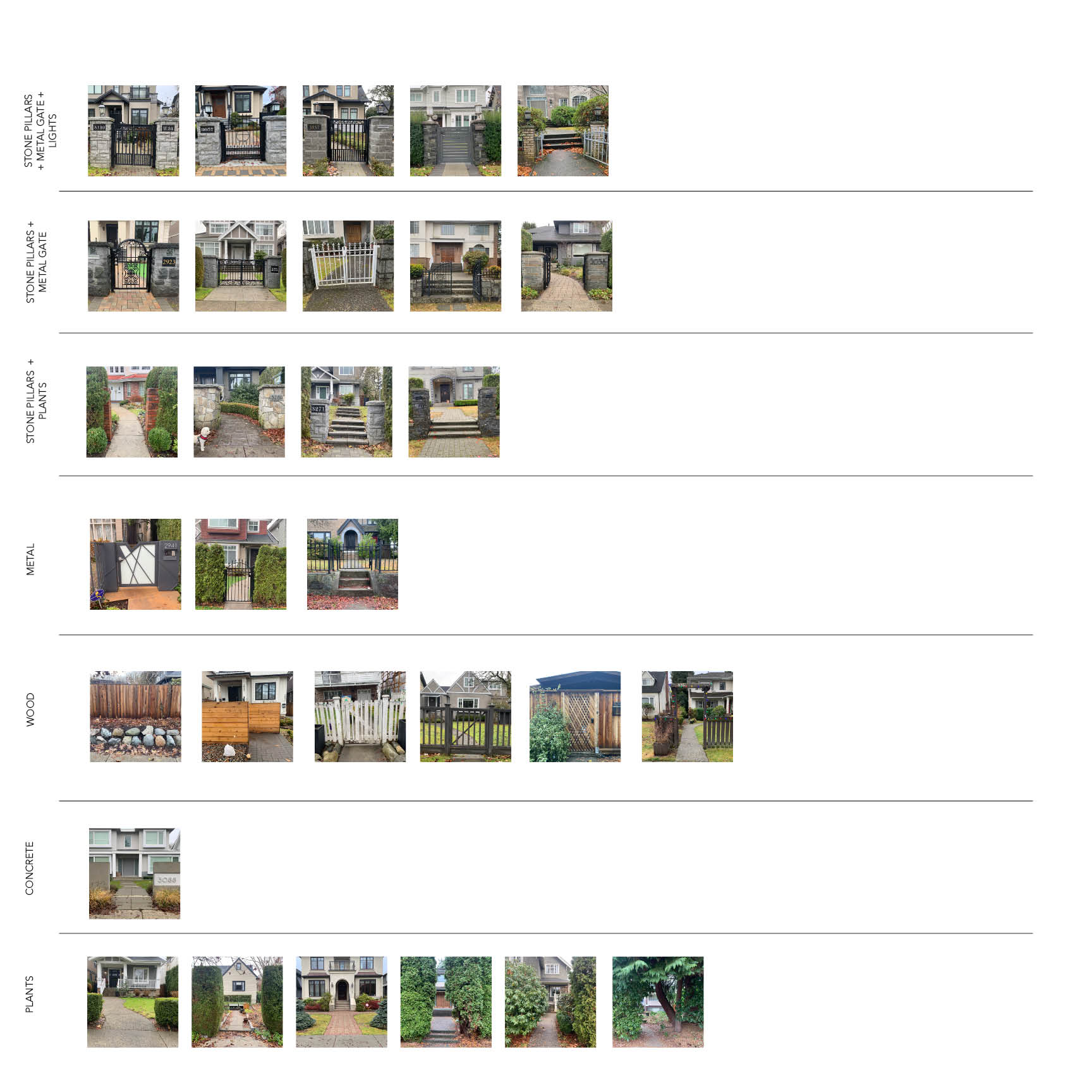
Recently my upstairs neighbours dog escaped through a hole in our gate, and this made me more aware of perhaps why there are so many gates in the area. I then reorganized the entrances that I had taken photos of based on how inviting they looked and whether or not they would keep pets inside.

From this analysis I started to notice that some of these gates seemed more inviting than others, and that the entrances with a more visually permeable gate, or no gate at all, and those with more planting, seemed more inviting to me. Additionally I found gates that were wooden as opposed to metal were more appealing (this is very subjective, of course), however, the entrances with metal gates would all be successful in keeping pets inside. Another observation was that the gates that lined up perfectly with the front door of the house seemed more formal and intimidating in some way, while entrances that were offset from the front door were more engaging.
From this I designed my own simple gate, with visually permeable wooden slats that has integrated lighting. On either side tall shrubs act as “bollards” to keep with the style in the area. A stone wall then acts as a “fence” which hosts small shrubs, which allows semi-privacy while still keeping pets inside safely.

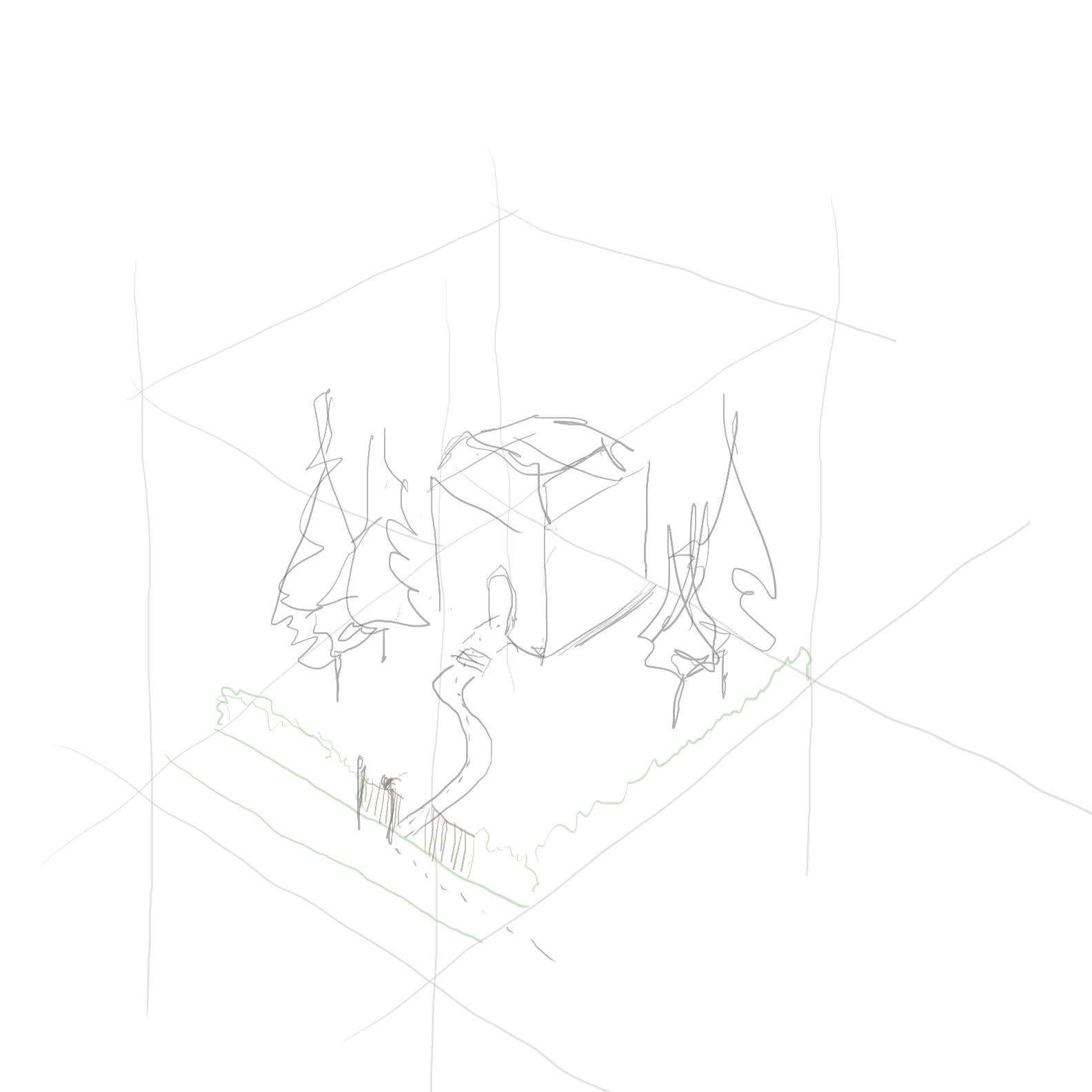

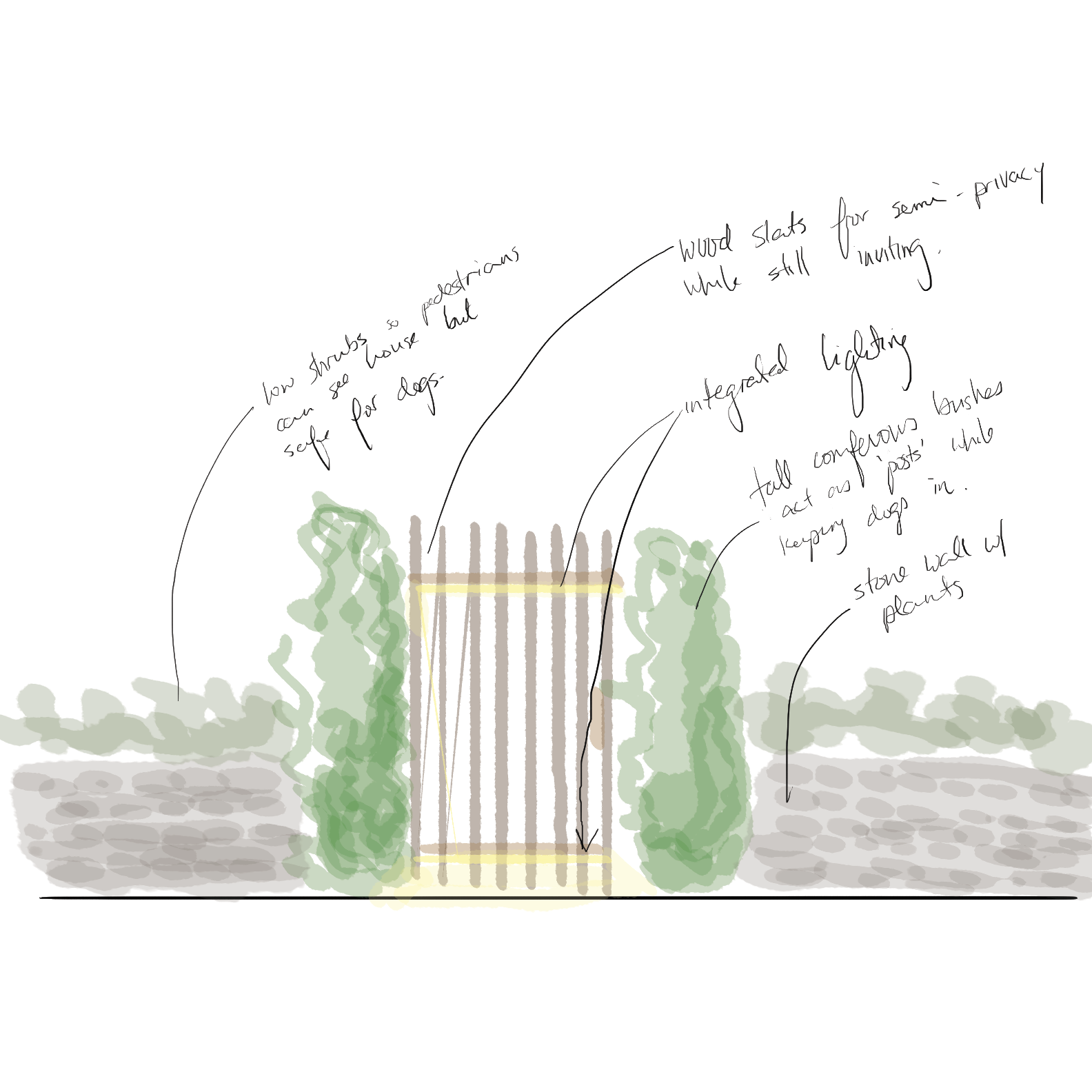
In-class exercise: course summary

